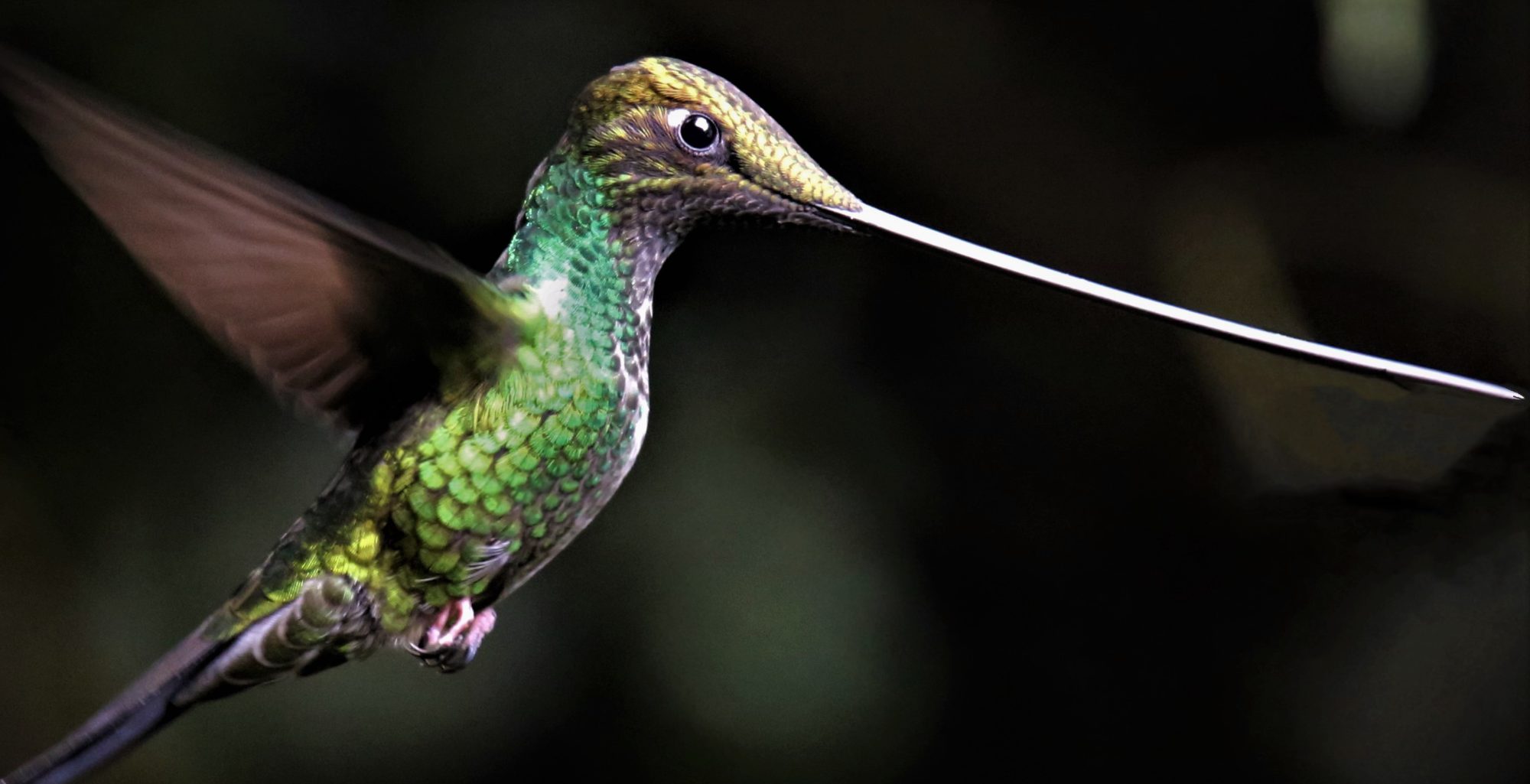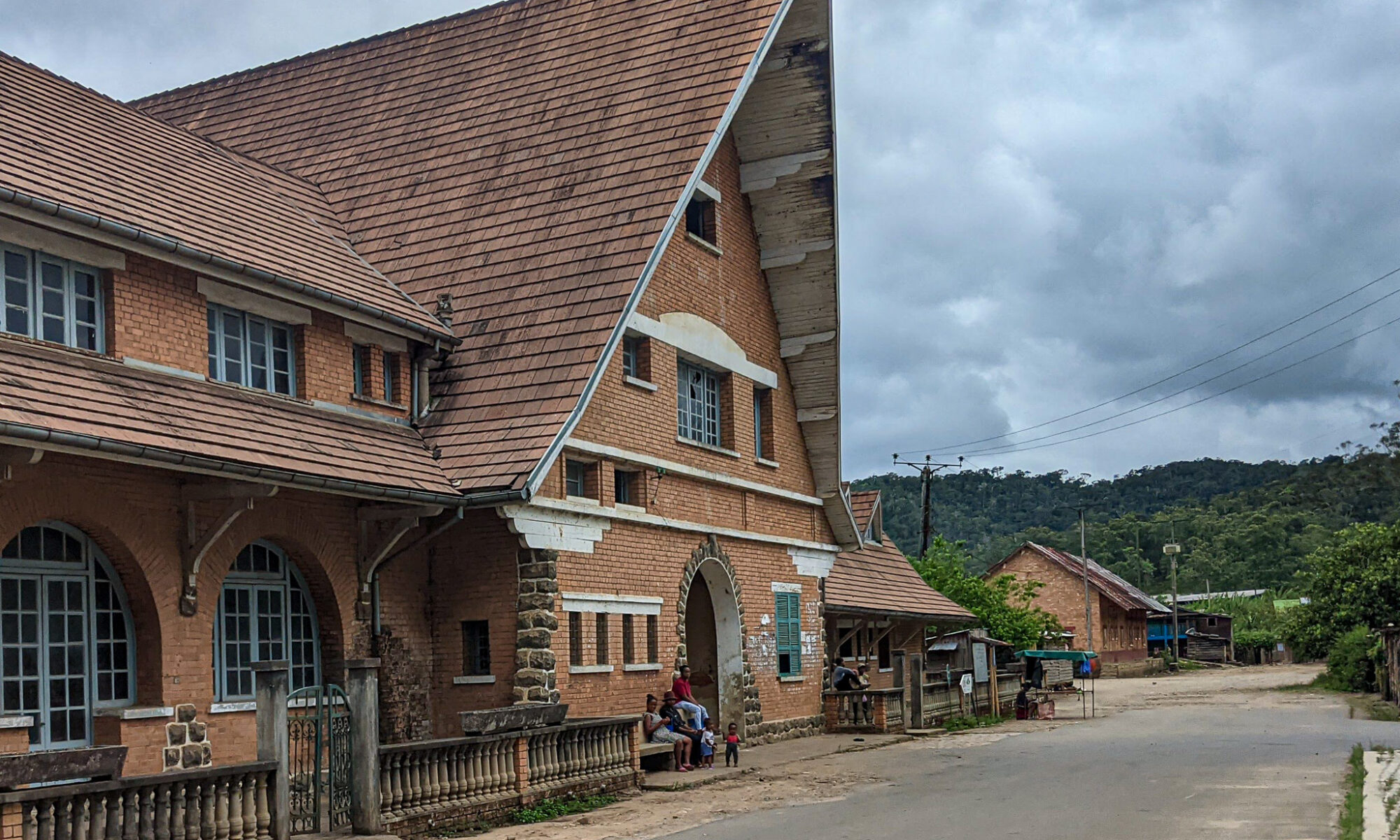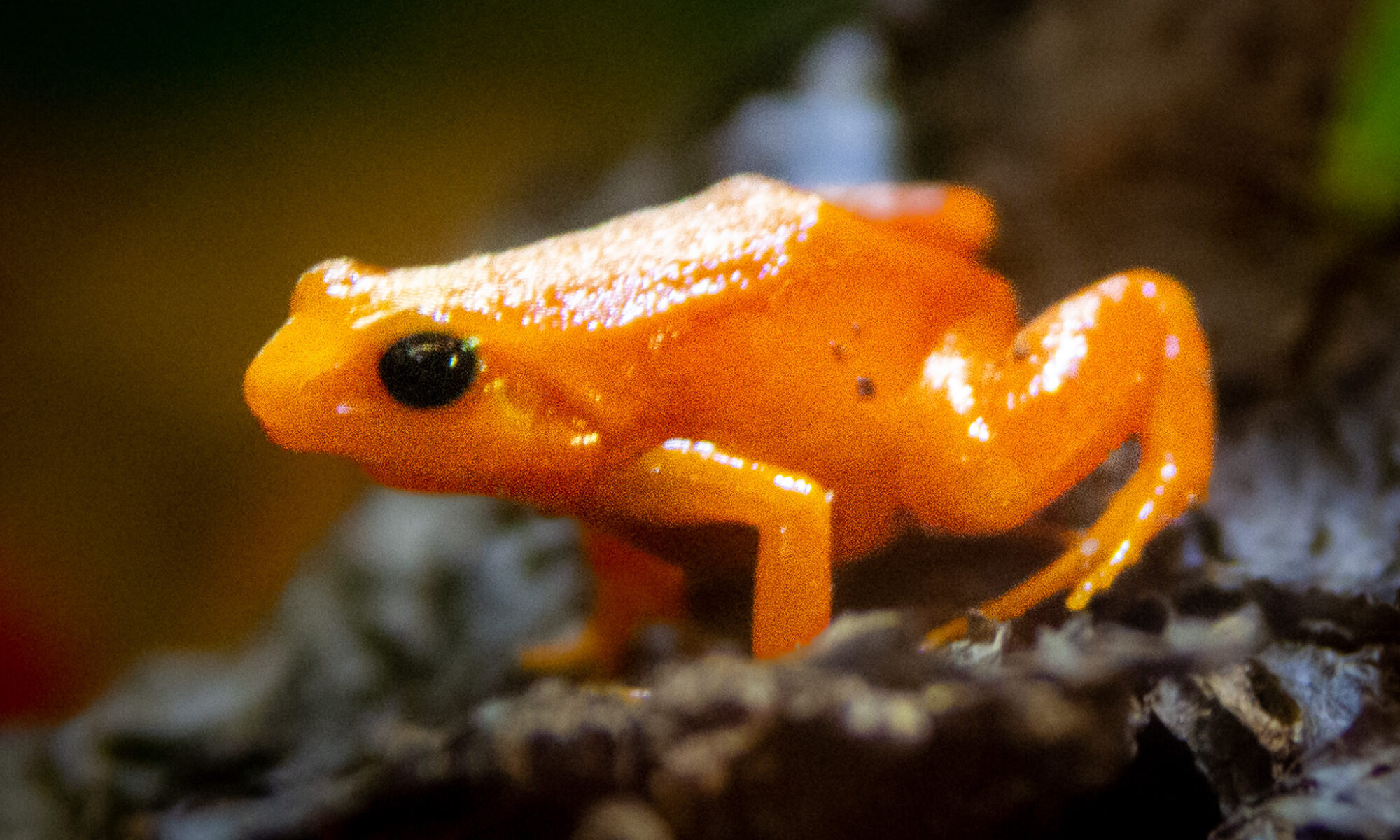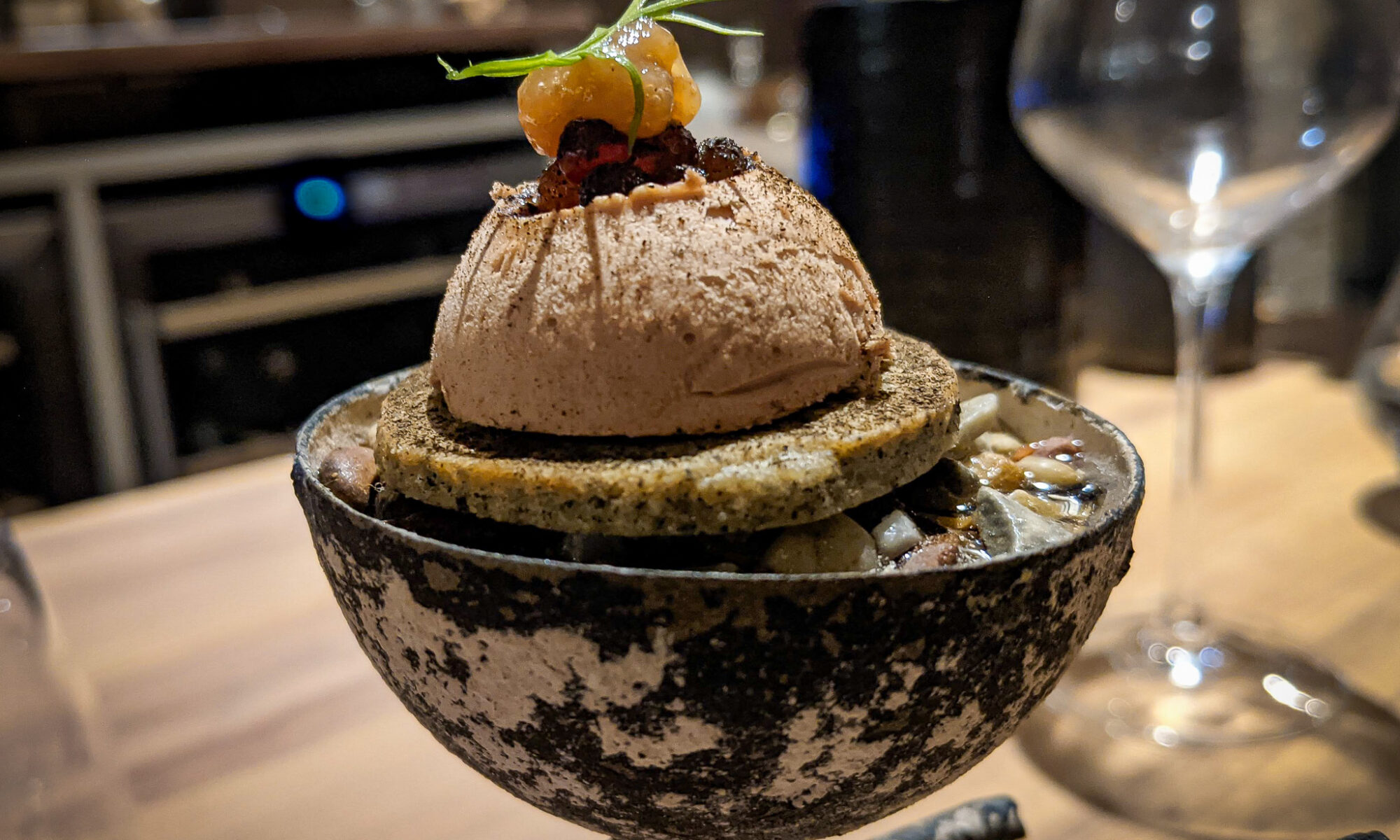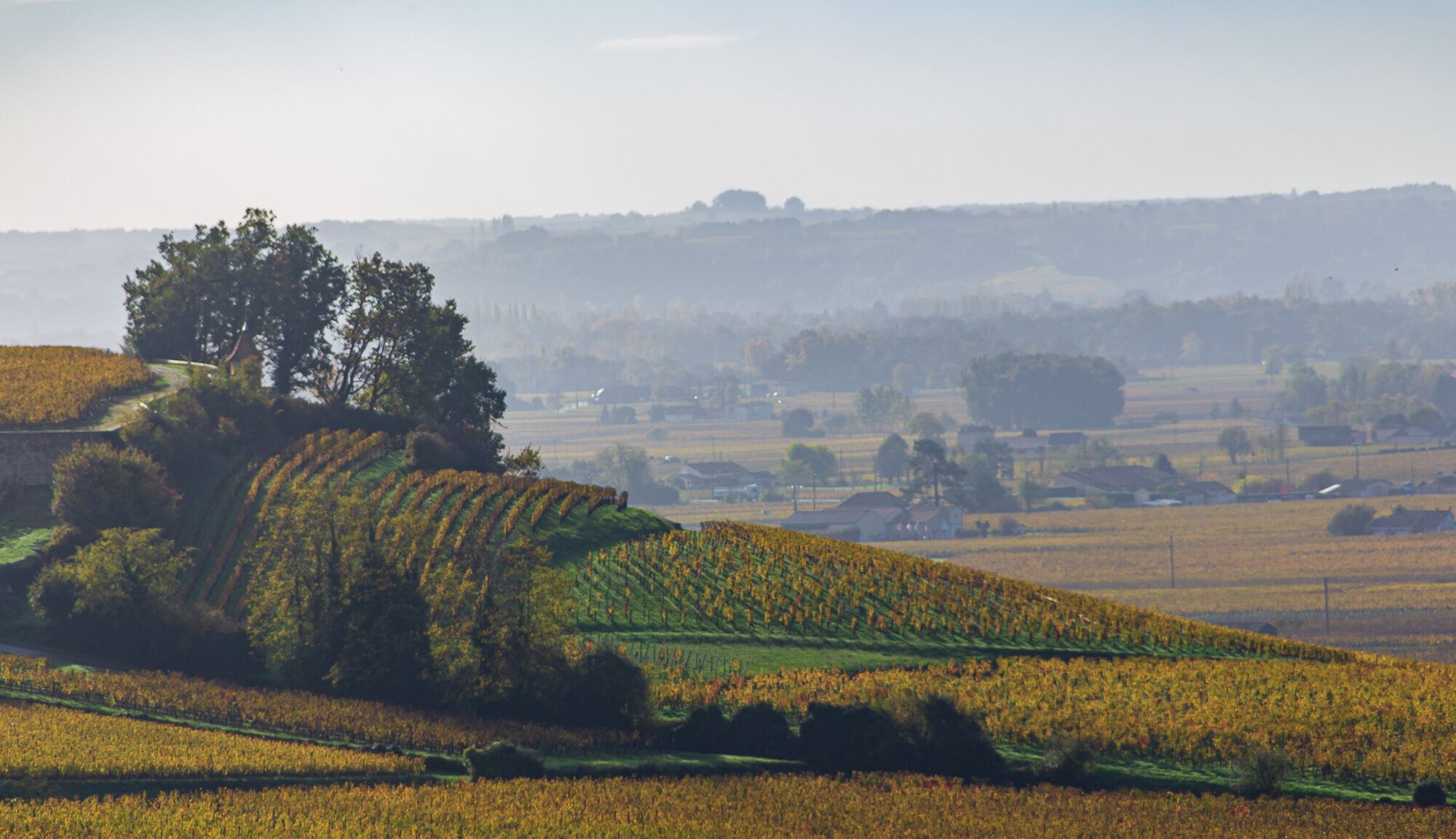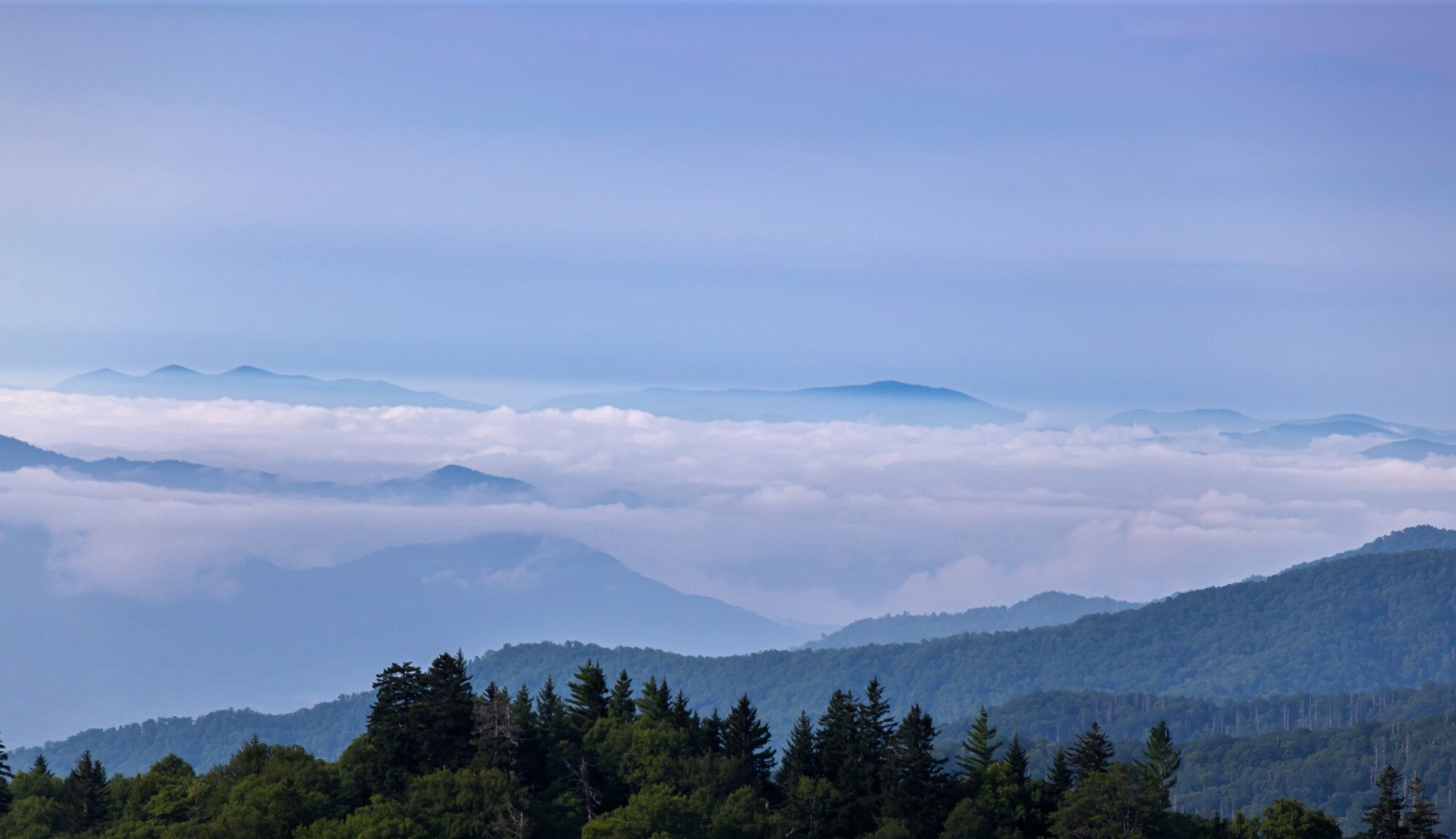After we acclimated in the capital we hopped a flight to Sambava, a coastal town in northeast Madagascar. It is famous as the World’s Capital of Vanilla. Vanilla is a labor-intensive product that comes from the bean that develops from the pollinated flower of a vanilla orchid. It is native to Mexico, but most of the best quality vanilla comes from Madagascar. The pollinator of the flower is not found in Madagascar and therefore each flower has to be pollinated by hand. We came to Sambava, not to buy vanilla beans (though each of us left town with some) but because Sambava is the gateway to Marojejy National Park.
Devin Edmonds, who designed the tour, chose this park because of its unique biodiversity. He had previously traveled to Marojejy about ten years ago. Then he didn’t know how much time to allocate. He didn’t get to see all of the things he wanted to see and he didn’t have time to make it to the summit of the Marojejy Massif. We were not sure we would make it this time either. It is an incredibly hard hike to the top, climbing steep cliffs covered with tree roots. I was pretty sure I would not make it to the top when I signed up for this adventure. Even though I trained to get in shape, I have never been a fan of steep cliffs with the very real possibility of falling. At nearly 65 years old, I certainly didn’t want to be a liability to the group. Besides, the main animal I wanted to photograph was the Silky Sifaka on this part of the trip. It is a very rare primate that probably numbers less than a thousand in the wild. Needless to say, it is critically endangered and one of the elite members of the cute and cuddly, furry and fuzzy critters that conservationists refer to as charismatic megafauna. I really wanted to see it in the wild. There was a known family group that could typically be found at Camp 2 in Marojejy, Devin didn’t get to see them on his first trip to Marojejy.
Making it to camp 1 was a challenge for many in our group because the first part, before actually getting to the park entrance, isn’t well shaded. There was a lot of up and down, but the elevation change wasn’t drastic. My training served me well. I was pleased to see young local school children coming from the opposite direction, apparently returning from a school field trip, as we got into the forest. I figured, If a bunch of 8–10-year-old children could make it up and back to camp 1, then our group could make it to camp 1, where our bags were left by our porters. Our park guides, Lex and Guy, pointed out a few things as we made our way to camp 1, but the first day was mostly covering ground.
Day 2 was a lot harder, but the forest was much better. It is some of the best primary forest in all of Madagascar. I made it to Camp 2 with energy to spare, but after we arrived we were told that the trackers had located a Silky Sifaka family group and we were encouraged to see if we could get to them. It was a bit late in the day and the lighting was not going to be great for photography. Shortly after we got started, we left the established trail and got into some dicey scrambling along the forested ravine. The sifakas weren’t having any trouble jumping from tree to tree, but I was struggling to stay on my feet carrying a camera with a big lens. It was more difficult than the Mountain Gorilla trek that my wife and I did in Rwanda a few years ago, but at least in Madagascar you don’t have to worry about charging forest elephants or venomous snakes. Lex could see I wasn’t comfortable and he started looking out for me. The park guides and the community that surrounds the park rely on tourism. They did their best to look out for all of us. I was grateful for his concern and his assistance. Lex and Guy were both outstanding at their jobs and I am sure they were happy (because they told us) to see a return of the tourists to the park.
I asked Guy if the hike to Camp 3 would be more difficult than what we had experienced to get to see the sifakas and he said it would be steeper and more grabbing roots to climb the trail. It was then that I decided that Camp 3 was probably going to be out of the question for me. I wasn’t the only one to make that decision; three of us stayed at Camp 2. The other eight headed up to Camp 3 after breakfast the next morning. When they got to Camp 3, three of the eight decided that was as high as they were going to go and only 5 attempted the summit. They had to get up very early and hike in the steepest terrain using headlamps. They all made it, and told stories of how difficult it was when they returned to Camp 2. Meanwhile, the three of us who remained at Camp 2 were able to relax a little and have a second chance to see the Silky Sifakas. This time the lighting was better and the sifakas really put on a show. The photo above is from the second day with the sifakas.
For other photos of this part of the trip that I took click here. I am not sure I can make it happen but I am hoping to get photos from others to add later. I am sure the group as a whole took several thousand photos. I got some pretty good shots, but I am sure others got better ones. There was a young couple, Stephanie and Daniel, from Flagstaff, Arizona, traveling for their first time in Madagascar, that were a delight to travel with, and they both made it to the summit. It would certainly be interesting to hear them re-tell some of their experiences. Daniel was quite knowledgeable about the amphibians and reptiles of Madagascar. I am told that Stephanie was the best climber in the group, navigating the trails almost as well as the guides. Keith, also a first-timer in Madagascar, had some of the best camera gear in the group and had a passion for wildlife photography. I would love to feature some of his best shots. He made it to camp 3 and saw things I didn’t get to see. I was the only retired person in the group, and therefore, I probably was the only one who has had a chance to go through all the photos I took.
One last thing to mention before I end this post is the mystery of the swimming (and biting) floating blades of grass. While waiting at Camp 2, after seeing the Silky Sifakas for the second time, Mike and I decided to go for a swim in the pool below the waterfall next to camp. Mike was relaxing in the splash zone below the falls. I was across the pool. I noticed floating on the surface of the water some things that looked like freshly clipped pieces of grass floating with the current. Nothing special about that…until the clipping changed direction and moved across the current, towards me. That was odd, but not too concerning. Then, a few seemed to dip below the surface and swim toward my legs. The blades actually had the ability to work their way through the hair on my legs and to my surprise, it felt as if I was getting pinched or bitten by the mandibles of a small insect. At that point I described what happened to Mike across the pool, questioning whether he was having anything like that happen around him. He said he was not, but when I flicked one of the blades towards him, he saw what I was talking about and we both decided to get out of the pool. As we were returning to camp, we saw Anna, the third member of our group who remained at Camp 2 and as passionate as anyone about all things great and small. She offered to get some small collection containers that she had with her gear. After some searching, I saw some of the critters again and we collected them. Anna got a pretty good video on her cell phone of the little guys moving around in the collection containers. I got some (not so great) still photos which are at the end of the photo gallery. I speculated that they could be caddis fly larvae; though I had never witnessed one behave in the aggressive manner I described. When we flew back from Sambava to Antananarivo the next day, Devin had already made plans to go to the university there to meet Dr. Steven M. Goodman, a scientist and book editor of many books on the creatures of Madagascar. After he sold a couple dozen books to members of our travel group, Steven graciously looked at the video Anna was able to show him on her iPhone and confirmed that it was a member of the order Trichoptera, also known as Caddisflies. I was happy to be right about the little critters, but it still didn’t solve the mystery of why they tried having me for lunch.
